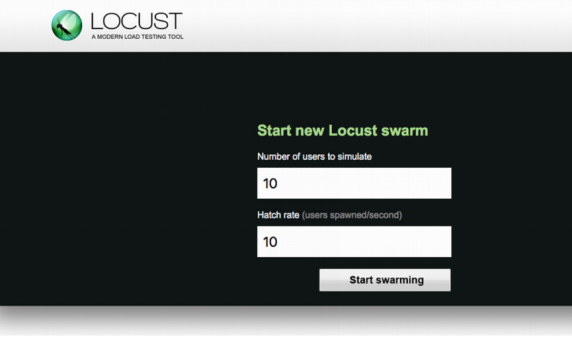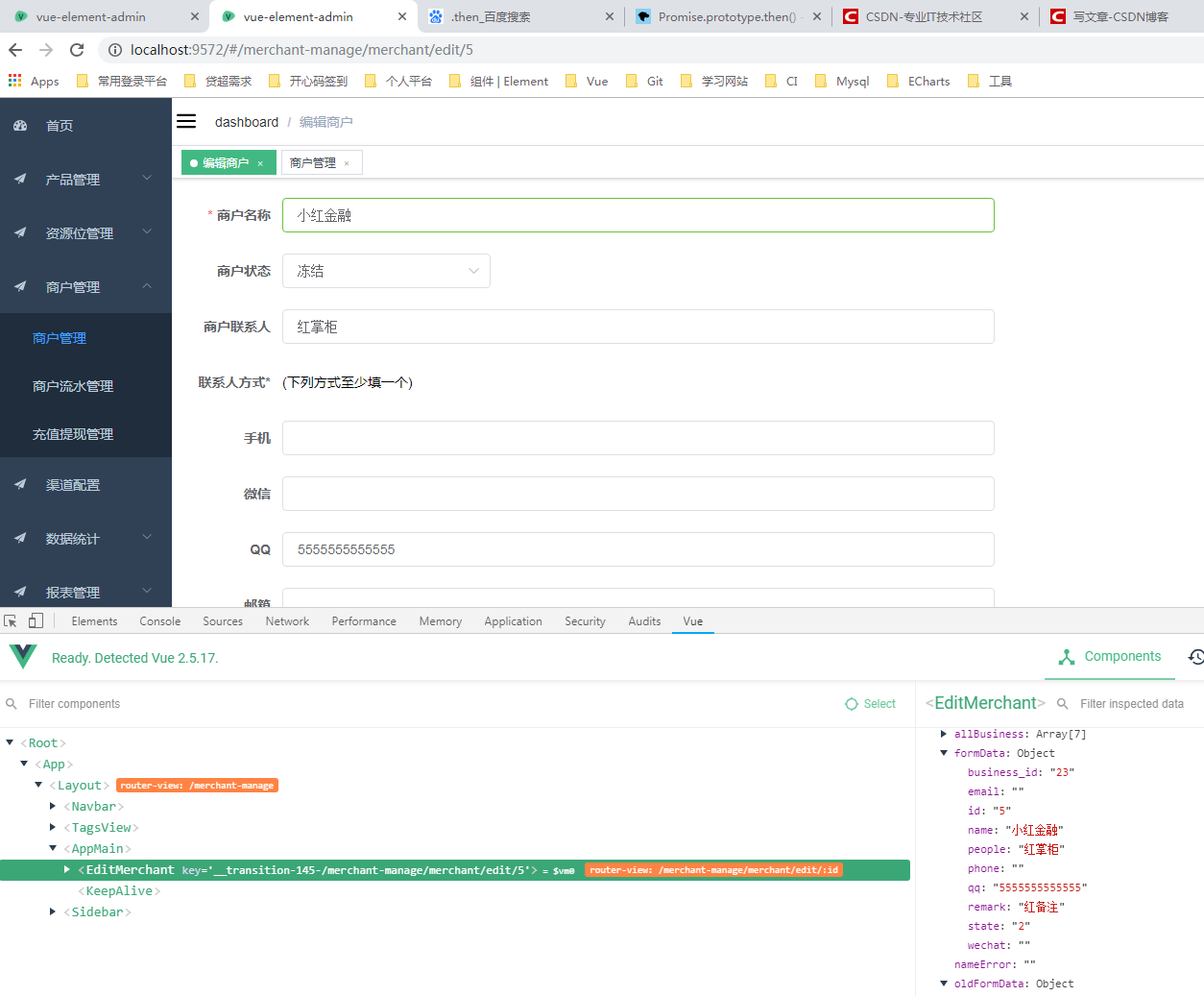thinking in java 05
线程之间的协作:
只能在同步方法或者同步控制块中调用wait() notify() notifyAll() 否则运行时抛出异常
线程调用sleep() yield()时 线程上的锁没有释放,调用wait()时 线程被挂起 锁释放
使用notify()而不是notifyAll()是一种优化
使用notify()的限制 :1 .所有任务必须等待相同的条件
2. 当条件变化时,必须只有一个任务从中受益
notifyAll()因某个特定锁调用时,只能等待这个锁的任务才会被唤醒
而这个锁与底层锁有关。
具体代码如下:
package Number_2103;import java.util.Timer;import java.util.TimerTask;import java.util.concurrent.ExecutorService;import java.util.concurrent.Executors;import java.util.concurrent.TimeUnit;/*** notifyAll() 只能唤醒特定锁 wait()的线程* 该特定锁与底层对象有关 ---->** @author he**/class Blocker {synchronized void waitingforCall() {try {while (!Thread.interrupted()) {wait();System.out.println(Thread.currentThread().hashCode() + "----");}} catch (InterruptedException e) {// TODO Auto-generated catch blocke.printStackTrace();}}synchronized void prod() {notify();}synchronized void prodAll() {notifyAll();}}class Task implements Runnable {static Blocker b1;public Task(Blocker b) {b1 = b;}public synchronized void run() {// TODO Auto-generated method stubb1.waitingforCall();}}class Task2 implements Runnable {static Blocker b2;public Task2(Blocker b) {b2 = b;}public synchronized void run() {// TODO Auto-generated method stubb2.waitingforCall();}}public class P707 {public static void main(String[] args) throws Exception {ExecutorService eService = Executors.newCachedThreadPool();Blocker b = new Blocker();Blocker b2=new Blocker();eService.execute(new Task(b));eService.execute(new Task2(b2));Timer t = new Timer();t.schedule(new TimerTask() {boolean pro = true;@Overridepublic void run() {if (pro) {Task.b1.prod();pro = false;} else {Task.b1.prodAll();pro = true;}}}, 400, 400);TimeUnit.SECONDS.sleep(5);;t.cancel();System.out.println(" timer cancled");TimeUnit.MICROSECONDS.sleep(500);Task2.b2.prodAll();TimeUnit.MICROSECONDS.sleep(5000);System.out.println("Shutting down");eService.shutdown();}}
代码分析:public void run() {
if (pro) {
Task.b1.prod();
pro = false;
} else {
Task.b1.prodAll();
pro = true;
}
}
这段代码中交替调用Task中Blocker对象b1的prod()方法和prodall()方法
但是
Blocker b = new Blocker();Blocker b2=new Blocker();eService.execute(new Task(b));eService.execute(new Task2(b2));
由于Task()中穿的Blocker对象不同,所以此时b1.prodall()并不能唤醒task2对象
代码结果如下:
2059770520——
2059770520——
2059770520——
2059770520——
2059770520——
2059770520——
2059770520——
2059770520——
2059770520——
2059770520——
2059770520——
2059770520——
timer cancled
1824109660——
Shutting down
-———————————————————————————————————
如果将代码
Blocker b = new Blocker();Blocker b2=new Blocker();eService.execute(new Task(b));eService.execute(new Task2(b2));
改为:
eService.execute(new Task(b));
eService.execute(new Task2(b));
代码结果如下:
2059770520——
2059770520——
1824109660——
2059770520——
2059770520——
1824109660——
2059770520——
2059770520——
1824109660——
2059770520——
2059770520——
1824109660——
2059770520——
2059770520——
1824109660——
2059770520——
2059770520——
1824109660——
timer cancled
1824109660——
2059770520——
Shutting down
-——————————————————————-
由于 task 和task2 中传的是相同的Blocker对象具有相同的底层锁
此时 此时b1.prodall()能唤醒task2对象
task2.b2.prodall()也能唤醒task对象
使用同步队列进行同步控制 LinkedBlockingQueue 无界 ArrayBlockingQueue 有固定大小
package Number_2103;import java.util.concurrent.ExecutorService;import java.util.concurrent.Executors;import java.util.concurrent.LinkedBlockingQueue;import java.util.concurrent.TimeUnit;import Number_2103.Toast.Status;/*** 使用同步队列进行同步控制 LinkedBlockingQueue 无界 ArrayBlockingQueue 有固定大小** @author he**/class Toast {public enum Status {DRY, BUTTERED, JAMMED}private static Status status = Status.DRY;private final int id;public Toast(int id) {this.id = id;}public void butter() {status = Status.BUTTERED;}public void jam() {status = Status.JAMMED;}public int getId() {return id;}public static Status getStatus() {return status;}@Overridepublic String toString() {// TODO Auto-generated method stubreturn "Toast" + id + ":" + status;}}class ToastQueue extends LinkedBlockingQueue<Toast> {}class Toaster implements Runnable {ToastQueue toastDry;private int count = 0;public Toaster(ToastQueue t) {toastDry = t;}public void run() {try {while (!Thread.interrupted()) {Toast t = new Toast(count++);System.out.println(t);toastDry.put(t);}} catch (Exception e) {// TODO: handle exception}System.out.println("Toaster off");}}class ToastButter implements Runnable {ToastQueue dryToast, butterToast;public ToastButter(ToastQueue dry, ToastQueue butter) {dryToast = dry;butterToast = butter;}public void run() {try {while (!Thread.interrupted()) {// 获取并移除头部,在元素变得可用之前一直等待Toast t = dryToast.take();t.butter();System.out.println(t);butterToast.put(t);}} catch (Exception e) {// TODO: handle exception}System.out.println("Butter off");}}class ToastJam implements Runnable {ToastQueue butt, jam;public ToastJam(ToastQueue buf, ToastQueue j) {butt = buf;jam = j;}public void run() {try {while (!Thread.interrupted()) {Toast t = butt.take();t.jam();System.out.println(t);jam.put(t);}} catch (Exception e) {// TODO: handle exception}System.out.println("Jam off");}}class Eater implements Runnable {private ToastQueue fin;private int count = 0;public Eater(ToastQueue t) {fin = t;}public void run() {try {while (!Thread.interrupted()) {Toast t = fin.take();if (t.getId() != count++ || t.getStatus() != Status.JAMMED) {System.out.println("Error" + t);System.exit(0);}else{System.out.println("Chomp "+t);}}} catch (Exception e) {// TODO: handle exception}}}public class P716 {public static void main(String[] args) throws Exception {ExecutorService eService = Executors.newCachedThreadPool();ToastQueue dryQueue = new ToastQueue();ToastQueue butterQueue = new ToastQueue();ToastQueue jamQueue = new ToastQueue();eService.execute(new Toaster(dryQueue));eService.execute(new ToastButter(dryQueue, butterQueue));eService.execute(new ToastJam(butterQueue, jamQueue));eService.execute(new Eater(jamQueue));TimeUnit.MILLISECONDS.sleep(1);eService.shutdownNow();}}
生产者与消费者:
package Number_2103;import java.util.concurrent.ExecutorService;import java.util.concurrent.Executors;import java.util.concurrent.TimeUnit;/*** P709 生产者与消费者** @author he**/class Meal {private final int count;public Meal(int count) {this.count = count;}@Overridepublic String toString() {return "Meal " + count;}}class WaitPerson implements Runnable {private Restaurant restaurant;public WaitPerson(Restaurant r) {restaurant = r;}public void run() {try {while (!Thread.interrupted()) {synchronized (this) {while (restaurant.meal == null) {wait();}}System.out.println("WaitPerson got:" + restaurant.meal);synchronized (restaurant.chef) {restaurant.meal = null;restaurant.chef.notifyAll();}}} catch (InterruptedException e) {System.out.println("WaitPerson interruped");}}}class Chef implements Runnable {private Restaurant restaurant;private int count = 0;public Chef(Restaurant r) {restaurant = r;}public void run() {try {while (!Thread.interrupted()) {synchronized (this) {while (restaurant.meal != null) {wait();}}if (++count == 10) {System.out.println("停止出售");restaurant.eService.shutdownNow();}TimeUnit.MICROSECONDS.sleep(100);System.out.print("Order up");synchronized (restaurant.waitPerson) {restaurant.meal = new Meal(count);// 唤醒服务员线程restaurant.waitPerson.notifyAll();}}} catch (InterruptedException e) {System.out.println("退出线程");}}}public class Restaurant {Meal meal;WaitPerson waitPerson = new WaitPerson(this);Chef chef = new Chef(this);ExecutorService eService = Executors.newCachedThreadPool();public Restaurant() {eService.execute(chef);eService.execute(waitPerson);}public static void main(String[] args) {new Restaurant();}}
































还没有评论,来说两句吧...